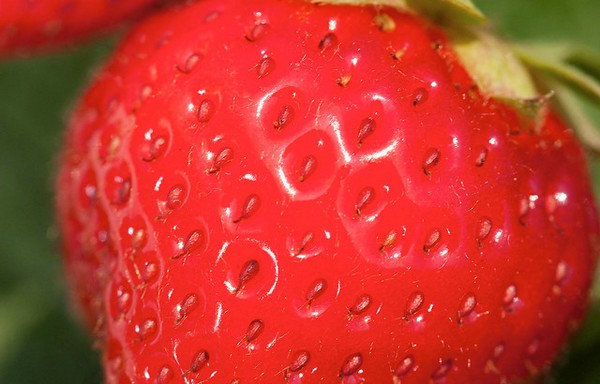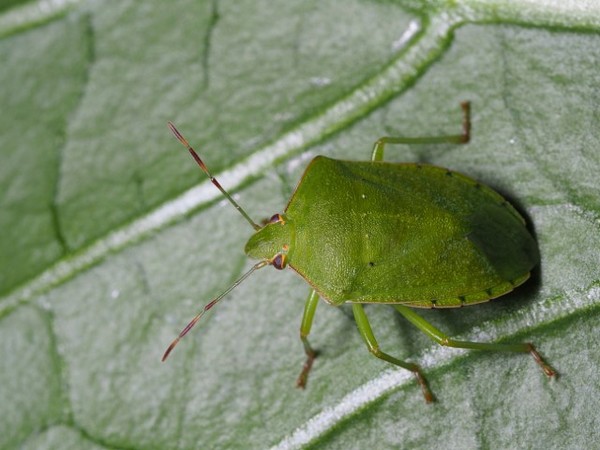Strawberries have been a valuable crop for many years, but not without escaping disaster along the journey. In the 1950s, America’s strawberry production was being ravaged by a root-rotting fungus known as red steele.
“THe USDA’s Agricultural Research Service (ARS) came to the rescue, saving the industry by breeding dozens of strawberry cultivars that could stand up to red steele and many other challenges growers face, such as insects, diseases, short growing seasons, and the rigors of harvest and transport. ARS’s work in strawberry research goes well beyond the ‘50s, though,” they announce.
“Strawberry breeding at the ARS facility in Beltsville, MD, predates traffic lights,” said Kim Lewers, research geneticist at the ARS Genetic Improvement for Fruits and Vegetables Laboratory in Beltsville. USDA began strawberry research in 1910 and discovered how to keep strawberries red even after canning or freezing. “Strawberry plants developed by USDA were the first to survive shipping, which created a strawberry industry.”
ARS creates strawberry varieties that have natural resistance to fruit rot and produce fruit that stays fresh longer after harvest, Lewers said. “Farmers don’t have to use pesticides that prevent rot, and consumers can enjoy all their strawberries’ great flavor longer after purchase.”
Environmental footprint
ARS is helping to advance technology that promises to improve the environmental footprint for strawberry farmers. Fumi Takeda, a research horticulturist with the Appalachian Fruit Research Station in Kearneysville, WV, is working with industry colleagues to develop a machine that eliminates the need for pesticides. It works by shining ultraviolet (UV) light on the plants and their pests at night.
“UV-C irradiation kills microorganisms and arthropod pests by damaging their DNA,” Takeda said. UV-C light is routinely used to kill microorganisms in the sterilization of air in hospitals, water treatments, laboratory benches, and the treatment of meat and poultry products.
“The use of UV light in crop production has been limited because the doses required to kill plant pathogens usually cause plant damage, such as leaf and flower burns and defoliation,” he said. “Our research has been to develop UV-C treatment methods that have high efficacy for disease and pest control without damaging plants and are cost effective.”
Treating at night
Takeda and his colleagues discovered that treating strawberries at night allowed them to use much lower doses of UV-C light to effectively kill the targeted pathogens and pests, while not damaging the strawberry plants. The result is a more sustainable strawberry farm that saves money and helps the environment by using less chemicals.
For more information:
U.S. Department of Agriculture
+1 202 720 2791
askusda@usda.gov
www.usda.gov











